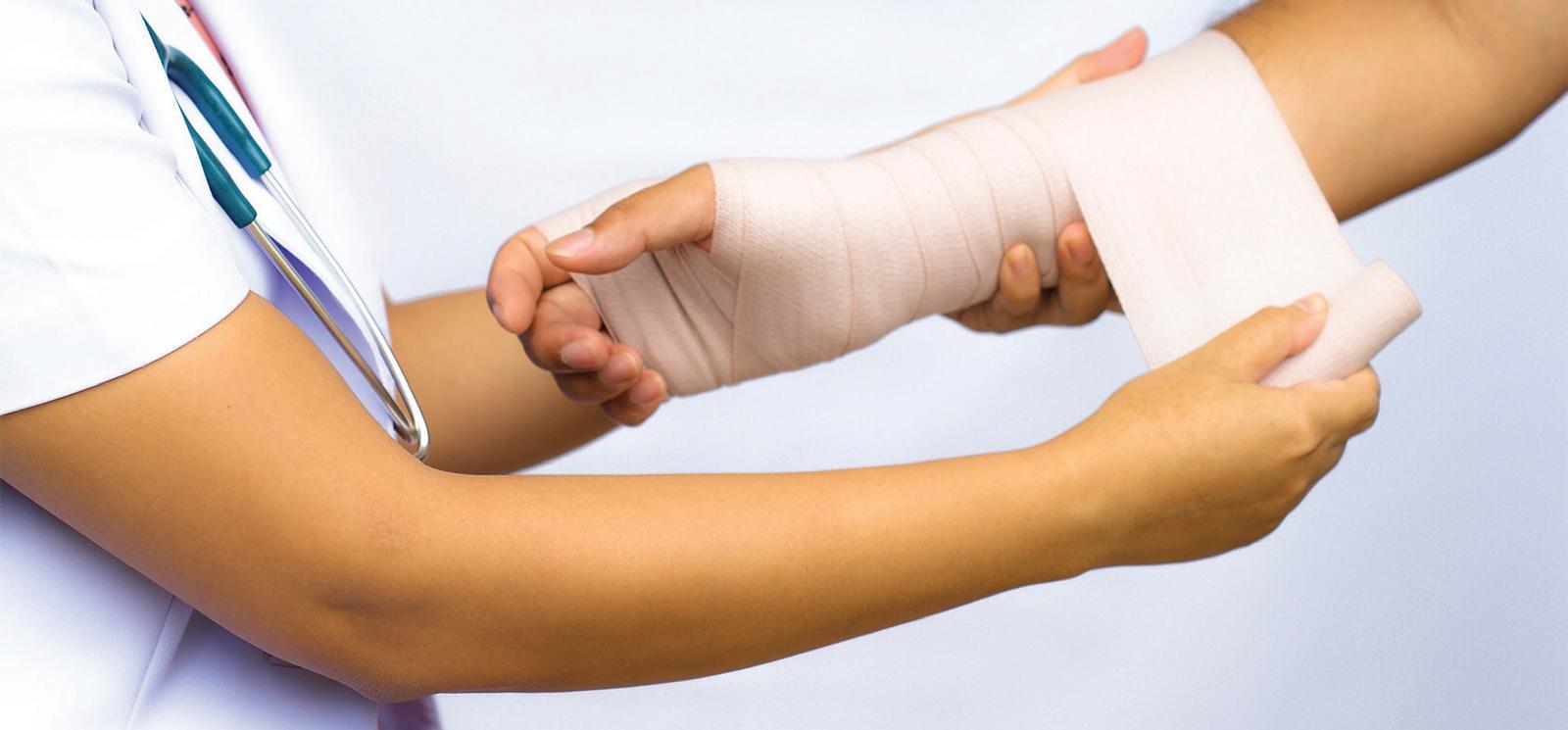The Role of Medical Technology in Quality of Life - Wound Care
Wounds are breaches in the structure of the skin that compromise skin function. They can be painful and lead to additional medical complications. Wounds become chronic when they have not completed the healing process in the expected time frame, usually within 30 days.1
An estimated 5 to 7 million episodes of non-healing cutaneous wounds occur each year in the U.S., and $20 billion is spent annually to treat them.2,3
Failure of a wound to heal can have a profound effect on a patient’s quality of life. However, medical technology has helped to evolve wound treatment dramatically over the past 15 years, from simple dressings to sophisticated, evidence-based options that treat and promote wound healing.4
Patient benefits include:
- Lowered incidence of readmission, additional surgeries, and complications;5
- Reduced amputation rates;6,7
- Reduced healing times;8 and
- Reduced incidence of surgical dehiscence and infection.9
COST AND INCIDENCE
The cost and incidence of chronic wounds is increasing, due in part to the aging of the population, increased prevalence of diabetes, and rising obesity. Advanced wound therapies not only restore a patient’s quality of life, but can also help reduce the total cost of care.
Foot ulceration is the precursor to approximately 85 percent of lower extremity amputations in people with diabetes.10
The estimated cost of managing a single full-thickness pressure ulcer is nearly $70,000.11
An estimated 2.3 million Americans are affected by venous leg ulcers each year, at a cost of leg ulcers each year, at a cost of $14.9 billion to the health care system.12
[1] Snyder, David L, Nancy Sullivan, and Karen M Schoelles. “Skin Substitutes for Treating Chronic Wounds.” Technology Assessment Report, 2012: ES-1.
[2] American College of Wound Healing and Tissue Repair and Angiogenesis Foundation. “Patient-Centered Outcomes in Wound Care.” 2013.
[3] Ibid.
[4] American College of Wound Healing and Tissue Repair and Angiogenesis Foundation. “Patient-Centered Outcomes in Wound Care.” 2013.
[5] Page JC, Newswander B, Schwenke DC, et al. Retrospective analysis of negative pressure wound therapy in open foot wounds with significant soft tissue defects. Ad Skin Wound Care. 2004 17)7):354-64.
[6] Armstrong DG, Lavery L. Negative pressue would therapy after partial diabetic foot amputation: a multicenter, randomized controlled trial. Lancet. 2005; 12 366(9498): 1704-10.
[7] Blume PA, Walters J, Payne W, et al. Comparison of negative pressure wound therapy using vacuum-assisted closure with advanced moist wound therapy in the treatment of diabetic foot ulcers – a multicenter randomized controlled trial. Diabetes Care Vol. 31; No 4; 631-636; 2008.
[8] Ibid.
[9] Standard JP, Volgas DA, McGwin G III, et al. Incisional negative pressure wound therapy after high-risk lower extremity fractures. J Orthop Trauma. 2012; 26 (1): 37-42.
[10] Frykberg, Robert G, et al. “Diabetic Foot Disorders: A Clnical Practice Guideline.” The Journal of Foot and Ankle Surgery, 2006: Supplement #3.
[11] Gordon, M D, M M Gottschlich, E I Helviq, J A Marvin, and R L Richard. “Review of evidence-based practice for the prevention of pressure sores in burn patients.” Journal of Burn Care Rehabilitation, 2004: 388-410.
[12] Robertson, L, Evans, C, and FGR Fowkes. “Epidemiology of Chronic Venous Disease” Phlebology, 2008: 103-111.
